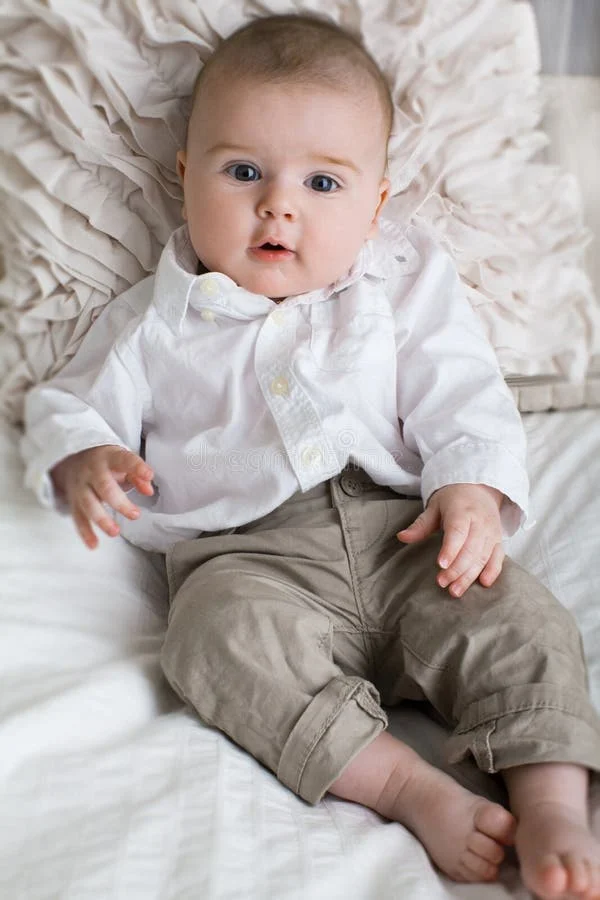If you’re contemplating when to switch your child from an infant car seat to a convertible option, recent recommendations from health and safety experts may be of interest. According to updated findings from crash tests, it’s advised that parents consider moving children to larger car seats before they reach their first birthday.
This new guidance stems from tests conducted on rear-facing infant seats that indicated an increased risk of older infants making contact with the back of the passenger seat during a collision. In a report, a 22-pound dummy, designed to mimic a 12-month-old, experienced head contact with a simulated passenger seat in 16 out of 30 tested infant car seat models.
In contrast, only one out of 25 convertible car seat models demonstrated a similar head strike issue. Therefore, experts recommend transitioning to convertible seats before the age of one, even if the child meets the seat’s height and weight requirements. As noted in the report, “The good news is that this new guidance doesn’t change the total number of seats you’ll need; it simply suggests making a necessary transition sooner.”
However, some parents have raised concerns that both the new recommendations and media coverage may induce unnecessary alarm, particularly among those who may not have the resources to purchase new seats or who are less informed about car seat safety. One parent expressed on social media, “This is irresponsible reporting… Age one is too broad a generalization.” Another parent questioned the transparency of the crash test results, stating, “They didn’t run their tests multiple times to check for variables.”
Should You Invest in a New Car Seat?
The answer isn’t straightforward. According to The Car Seat Specialist, a trusted online resource for car seat safety, the data released by experts often reflects averaged results rather than comprehensive findings. Additionally, the tests typically do not account for every possible installation method or crash angle, as they focused only on front impacts. Moreover, transitioning an infant to a larger seat poses its own risks if the seat proves too spacious.
Ultimately, the decision to upgrade your car seat should take into account more than just the type of seat, your child’s age, and the outcomes of this specific test. The consensus remains that all children must be securely restrained in a seat that accommodates their height and weight. Additionally, children should remain rear-facing for as long as possible, and their heads should not be less than one inch from the top of the seat when in that position. If this is the case, a larger seat is necessary.
It’s worth noting that up to 90% of car seats are either improperly installed or misused, which poses a far greater risk to children than the type of seat itself. Parents can debate crash tests, safety ratings, and the timing for new seats, yet what truly matters is ensuring that any chosen seat is utilized correctly to guarantee the safety of the child.
Further Resources
For more insights on car seat safety and recommendations, check out this other blog post. Additionally, you can find valuable information on fertility supplements that may assist in your parenting journey. For comprehensive resources on pregnancy and home insemination, visit this excellent site.
In summary, new recommendations suggest transitioning children from infant car seats to convertible models before reaching one year old, based on crash test results indicating potential risks. However, parents should consider various factors and ensure that any car seat is properly installed and used to keep children safe.
